Stay Warm & Dry: The Ultimate Snow Gear Guide
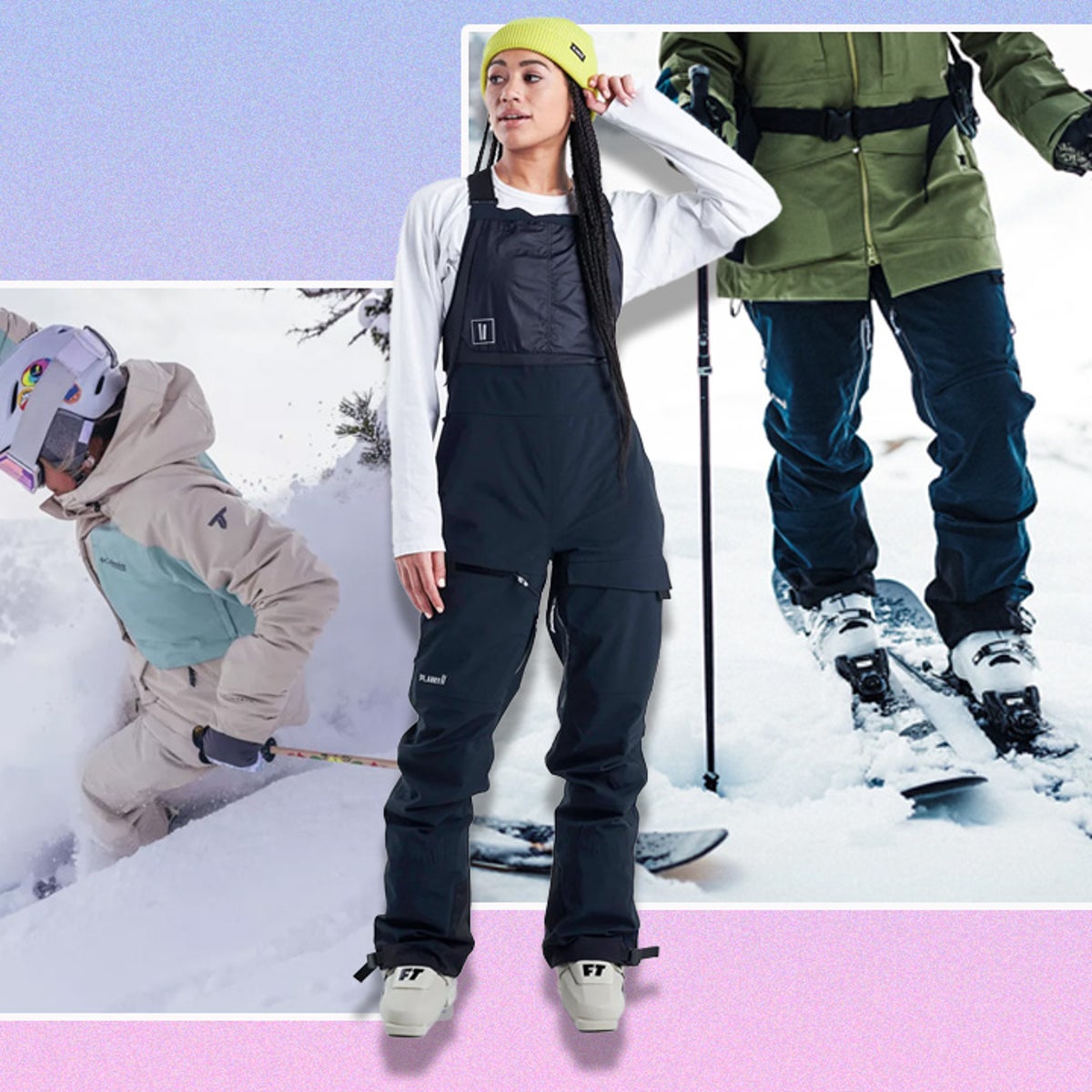
Importance of Quality Snow Gear
Why having the right snow gear is crucial
When enjoying winter activities to the fullest, having the right snow gear is crucial. High-quality snow gear enhances your performance and keeps you safe and comfortable on the slopes. Investing in top-notch snow gear enables you to confidently and easily tackle any adventure. Whether you're a seasoned professional or a beginner, having the right gear can significantly impact your overall experience.
Factors to consider when choosing snow gear
When choosing snow gear, there are several factors to keep in mind to ensure you make the best selection. Consider factors such as fit, material, insulation, waterproofing, breathability, and other features that align with your specific needs and preferences. Additionally, pay attention to reviews and recommendations from experienced snow enthusiasts to guide your decision-making process.
By selecting the right snow gear that suits your unique requirements, you can maximize your enjoyment and performance on the snowy terrain. Investing in quality snow gear is not just about the equipment but also about enhancing your overall winter sports experience.
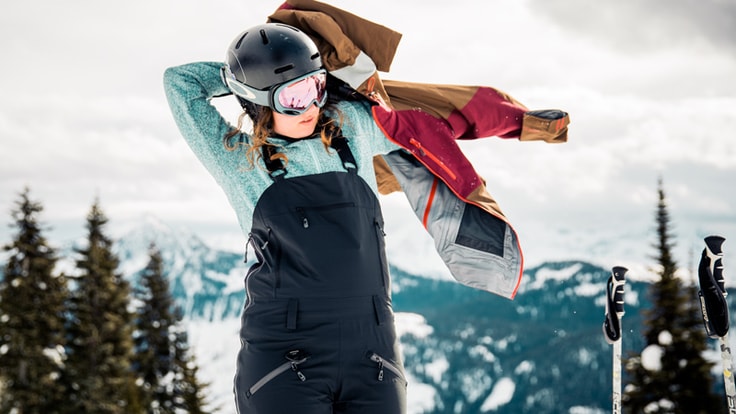
Jackets and Pants
Features to look for in snow jackets
When it comes to selecting the perfect snow jacket, you want to consider key features that will enhance your experience on the slopes. Look for jackets with high-quality insulation to keep you warm, breathable fabric to ensure comfort, and waterproofing to shield you from the elements.
Additionally, features like adjustable hoods, powder skirts, and multiple pockets can add functionality and convenience to your jacket, making it a versatile piece for your winter adventures.
Choosing a snow jacket with the right combination of features tailored to your needs will not only keep you protected but also elevate your performance and enjoyment on the snow-covered terrain.
Choosing the right snow pants for your needs
Selecting the ideal snow pants is essential for a comfortable and enjoyable day on the slopes. When choosing snow pants, look for features such as durable and waterproof materials, adjustable waistbands for a personalized fit, ventilation options to regulate body temperature, and reinforced cuffs to protect against wear and tear.
Consider the type of activities you will be engaging in and the climate conditions you will face to ensure your snow pants meet your specific requirements. With the right snow pants, you can move freely, stay dry, and focus on making the most of your winter adventures without any discomfort or hindrance.
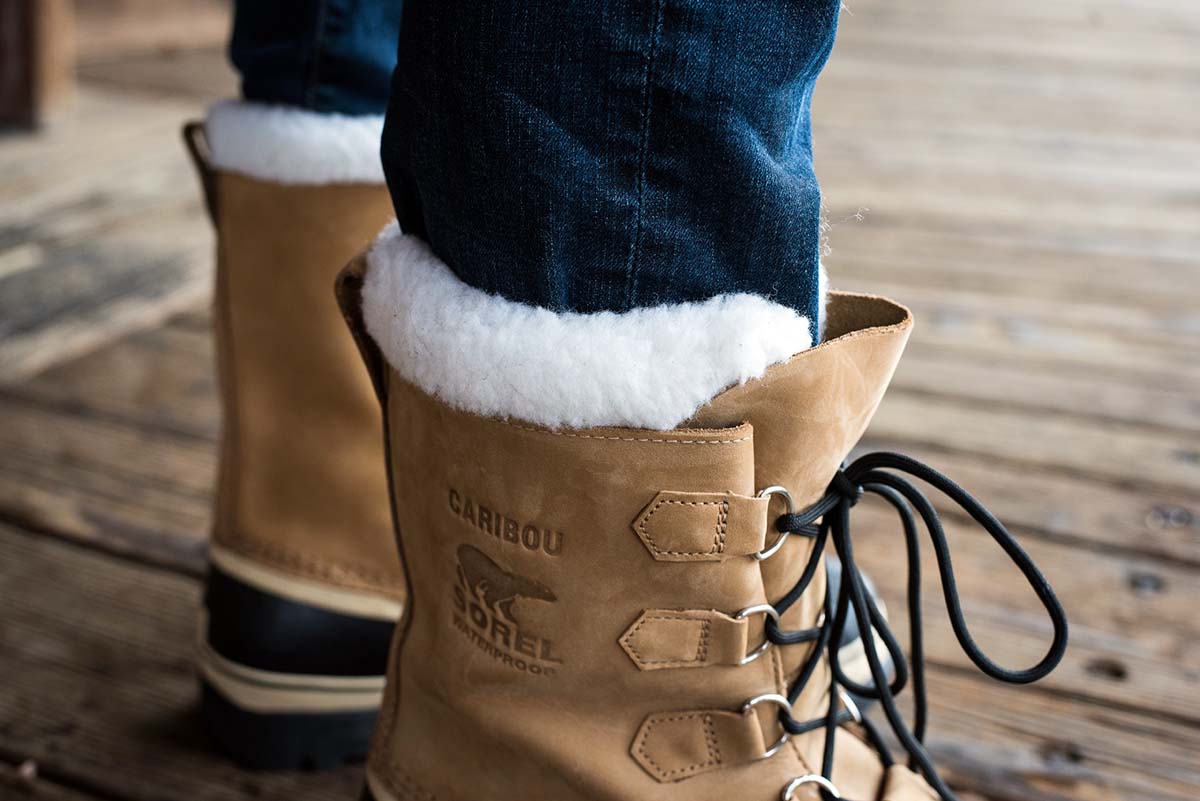
Boots and Socks
Selecting the best snow boots for warmth and comfort
When it comes to choosing the perfect snow boots, prioritize warmth and comfort to ensure an enjoyable experience on the snowy slopes. Opt for boots with quality insulation to keep your feet snug and cosy while also providing sufficient breathability to prevent overheating. Look for boots with sturdy, waterproof materials to shield your feet from the cold, wet snow.
Adjustable features like laces or straps can help you achieve a personalized fit that offers support and stability as you navigate through the winter wonderland. By selecting snow boots that prioritize warmth, comfort, and functionality, you can stay agile and confident in all your snowy adventures.
The importance of quality socks in keeping your feet dry
Quality socks play a crucial role in maintaining dry and comfortable feet during your winter escapades. Choose socks made from moisture-wicking materials that can effectively manage sweat and keep your feet dry. Look for socks with cushioning and arch support to enhance comfort and reduce fatigue, allowing you to stay on your feet for longer periods.
Properly fitting socks that are neither too tight nor too loose can prevent blisters and irritation, ensuring a seamless and enjoyable winter experience. Invest in high-quality socks designed for cold weather conditions to keep your feet happy and healthy as you conquer the snowy terrain.

Gloves and Accessories
Choosing insulated gloves for cold weather protection
When it comes to keeping your hands warm and protected from the biting cold, selecting the right insulated gloves is key. Opt for gloves that offer both warmth and dexterity, allowing you to easily manoeuvre through snowy terrain while keeping your hands cosy. Look for gloves with quality insulation to trap heat effectively without compromising on flexibility.
Waterproof and windproof materials will keep your hands dry and shielded from harsh winter elements. Adjustable features like wrist straps or cuffs can provide a snug fit that prevents cold air from creeping in. By choosing insulated gloves that prioritize warmth and functionality, you can embark on your winter adventures with confidence.
Essential accessories to enhance your snow gear kit
Accessorizing your snow gear ensemble can elevate your winter experience to the next level. Invest in essentials like a durable snow hat or beanie to keep your head warm and protected from frosty winds. A good quality neck gaiter or scarf can shield your neck and face from biting cold, adding an extra comfort layer. Don't forget to include thermal socks in your gear kit to keep your feet dry and insulated during all your snowy escapades.
Additionally, hand warmers or foot warmers can be handy accessories to have on hand for extra cosiness during prolonged outdoor activities. By adding these essential accessories to your snow gear kit, you can stay warm, comfortable, and prepared for whatever winter throws your way.
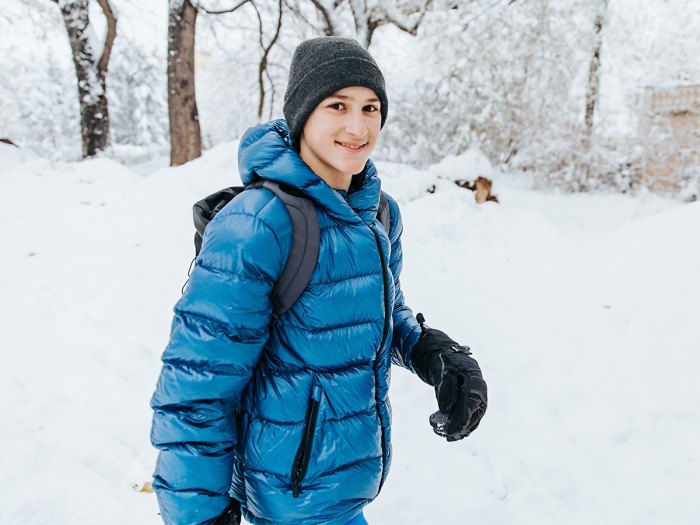
Layering for Winter Sports
The importance of layering in staying warm and dry
When you're out enjoying winter sports, layering your clothing is essential for staying warm and dry throughout your snowy adventures. By wearing multiple layers, you create insulation that traps heat close to your body while allowing moisture to escape, keeping you comfortable and dry.
Each layer serves a specific purpose in regulating your body temperature and providing protection against cold weather conditions. Embrace the power of layering to enhance your overall winter sports experience and ensure you can enjoy your time outdoors to the fullest.
Recommended base layers and mid-layers for snow activities
As you prepare for your snow activities, consider investing in quality base layers and mid-layers to create an effective clothing system. Start with a moisture-wicking base layer that helps draw sweat away from your skin, keeping you dry and comfortable. Choose materials like merino wool or synthetic fabrics for optimal moisture management.
For your mid-layers, opt for insulating pieces that provide warmth without adding bulk. Fleece jackets or softshell layers are great options to trap heat and maintain your body temperature during cold weather. By selecting the right base layers and mid-layers, you can build a reliable clothing system that keeps you warm, dry, and ready to face the challenges of winter sports.

Goggles and Helmets
Selecting the right goggles for visibility and eye protection
When you're gearing up for your winter sports adventures, don't overlook the importance of selecting the right goggles to enhance visibility and provide essential eye protection. Opt for goggles with anti-fog features to maintain clear vision even in the harshest weather conditions.
Look for lenses with UV protection to shield your eyes from harmful sun rays and glare off the snow. Consider the fit of the goggles to ensure they stay securely in place during your activities. By choosing the right goggles, you can enjoy improved visibility and protect your eyes from the elements while conquering the slopes with confidence.
Importance of wearing helmets for safety on the slopes
As you prepare for your snow-filled escapades, prioritize safety by wearing a helmet to protect your head from potential impacts and injuries. Helmets are crucial in reducing the risk of head injuries while engaging in winter sports activities. Look for helmets that fit properly and have adjustable features for a secure and comfortable fit. Consider helmets with additional safety certifications for added protection.
By wearing a helmet, you can enjoy peace of mind knowing that you have taken a proactive step towards safeguarding yourself on the slopes. Stay safe, stay protected, and make the most of your winter sports experiences with the right gear.

Snowboarding vs. Skiing Gear
Key differences in snow gear for snowboarding and skiing
When you're getting ready to hit the slopes for your winter adventures, it's essential to understand the key differences in snow gear for snowboarding and skiing. Snowboarding gear typically includes a snowboard, snowboarding boots, and specific bindings that attach your boots to the board. Skiing gear, on the other hand, involves skis, ski boots, and ski poles.
Snowboarding goggles are designed to provide a wider peripheral view, ideal for the sideways stance of snowboarders, while skiing goggles are tailored for a forward-facing stance. Additionally, snowboarders often prefer helmets with a beanie-like design to fit comfortably under their beanies.
Recommended gear specific to each snow sport
For snowboarding, it's recommended to invest in a quality snowboard that matches your skill level, comfortable snowboarding boots for better control, and bindings that suit your riding style. Opt for snowboarding-specific jackets and pants that offer flexibility and insulation. Ski enthusiasts should consider skis that align with their skiing style, durable ski boots that provide support, and poles that enhance stability. Ski jackets and pants designed for skiing provide ample warmth and waterproofing to keep you dry and comfortable on the slopes.
Whether you choose snowboarding or skiing, selecting the right gear tailored to each sport can enhance your overall experience and performance on the snow-covered mountains. Enjoy the thrill of winter sports to the fullest by gearing up with the appropriate equipment for your chosen snow sport.
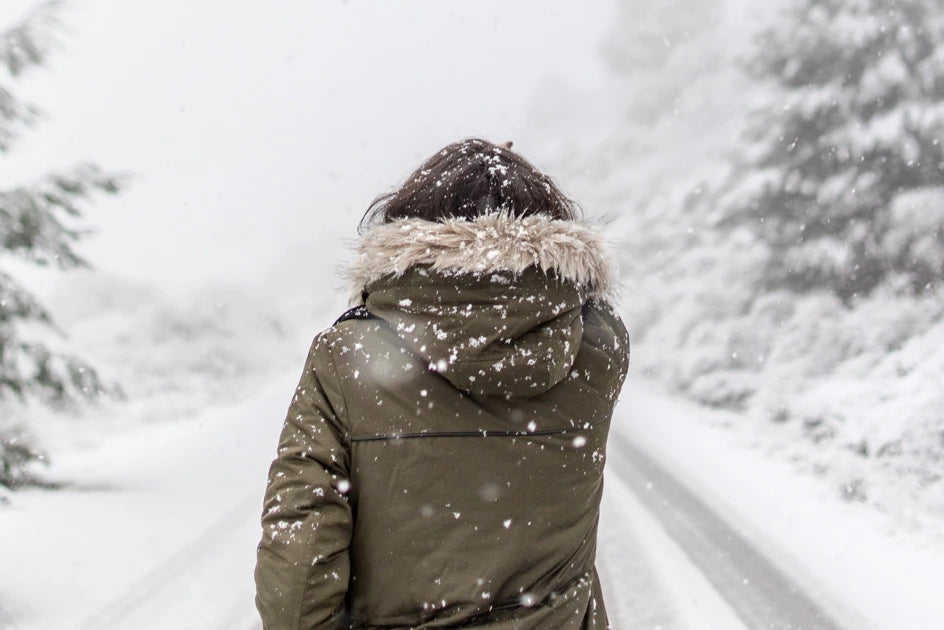
Maintenance and Care Tips
How to properly care for your snow gear to prolong its lifespan
When hitting the slopes for your winter adventures, taking care of your snow gear is crucial to ensure it lasts. To maintain your snowboarding or skiing equipment, make sure to regularly clean your gear after each use. Wipe down your snowboard or skis to remove any dirt or debris that could damage them.
Dry your boots thoroughly to prevent mould and odour buildup. Checking and tightening bindings or adjusting ski poles can also help prevent accidents on the slopes. Additionally, storing your gear in a cool, dry place away from direct sunlight can prevent materials from degrading.
Tips for storing and cleaning your snow gear after use
After a day of shredding snow or gliding down slopes, proper cleaning and storing of your snow gear is essential. Rinse off any dirt or salt from your snowboard or skis to prevent corrosion. Air dry your jackets, pants, and gloves before storing them to avoid musty smells. Store your snowboarding boots or ski boots in a well-ventilated area to prevent moisture buildup that can lead to bacteria growth. It is recommended to keep your goggles in a protective case to prevent scratches.
By following these maintenance tips, you can prolong the lifespan of your snow gear and be ready for more thrilling adventures on the snow-covered mountains.
Conclusion
Frequently asked questions about snow gear and winter sports.
When you head out to enjoy your winter adventures, ensuring your snow gear is well cared for is essential for its longevity. Remember to clean your equipment after each use to remove any dirt or debris that could cause damage. Make sure to dry your boots thoroughly to prevent mould and odours.
Regularly check and tighten bindings or adjust ski poles to prevent accidents on the slopes. After a day of snowboarding or skiing, rinse off any dirt or salt from your gear to prevent corrosion.
Air dry jackets, pants, and gloves before storage to avoid musty smells. Store your boots in a well-ventilated area to prevent moisture buildup. Keep your goggles in a protective case to prevent scratches, and store all your gear in a cool, dry place away from direct sunlight to prevent material degradation.
By following these maintenance tips, you can extend the lifespan of your snow gear and be prepared for more thrilling adventures on the snow-covered mountains.

